Does technology have a problem with diversity? Like most big industries rooted in mainstream history – being typically white, male, cis-centric and heteronormative – it’s not surprising that ‘Big Tech‘ struggles with assuaging the needs of marginalized communities.
What’s special about technology, however, is its ability to transform society by creating tools for elevating the human condition. It’s an ability that isn’t always wielded in the most effective, or beneficial, ways.
We spoke to a variety of people, from tech founders, app owners, sextech entrepreneurs and ex-Silicon Valley escapees to discuss the importance of an LGBTQ+ revolution in the tech industry, and what the future of queer tech looks like.
The Importance of Diverse Technologies
Technology can be an incredible tool for enhancing our lives, and given our editorial focus, we know all too well how it can empower our sex lives. Its role, however, is an important one that also requires a focus on building diverse technologies that help us with our multifaceted identities, our various sexualities, genders, ethnicities, abilities, and intersecting experiences.
Intersectionality in Tech
Coined by Kimberlé Crenshaw in 1989, the term intersectionality is rooted in Critical Race theory to describe “to describe how race, class, gender, and other individual characteristics “intersect” with one another and overlap,” in an attempt to “demolish racial hierarchies altogether.”
Step (they/them), a gender fluid hardware hacker and creator of Cute Little Fuckers, says that any technology created without intersectionality as a focus risks suppressing the voices, needs and values of underrepresented groups in subtle, yet severe, ways.
“Queer people are one such category, along with people of color, women, and many other waysided communities. Ignoring these communities during development furthers systems of oppression, which is especially tragic during a time when the world is working so hard to unwrite oppressive systems in other industries,” they said.
The founder and CEO of Rebellious PR, an agency dedicated to working with underrepresented founders, Evie Smith Hatmaker (she/her) used to work in the infamously white-male dominated Silicon Valley. She told us that technology “should not just be binary.” She believes that as a larger society, we need to see and acknowledge all identities.
“If tech is not being developed for a sect of people, that’s a conscious decision someone is making to not acknowledge that a group of people aren’t worth considering,” Hatmaker says.
Robyn Exton (she/her), the CEO and founder of Her, an app that helps lesbian, bisexual, and queer people connect with each other and the wider community, told SEXTECHGUIDE how important it is for LGBTQ+ people to be seen, known and understood. “We have the ability with technology to reach far places of the world and make people feel at home, no matter where they are.” Not only that but HER recognizes the marginalized intersections that Black people face disproportionately and has been creating space for queer, transgender, and intersex people of color (QTIPOC) to connect and be visible.
Trans people have to see a vision of [themselves] that at first no one else can see, and often against all odds will themselves into existence. That is the exact kind of mentality you want to build new products. Trans people innovate on themselves everyday and that prowess can work for building great tech too.
Robbi Katherine Anthony, Solace.
Transgender Identities in Tech
When we take into consideration trans identities, we are looking at one of the most marginalized communities in today’s society, let alone within ‘Big Tech’.
Executive Director of Solace, Robbi Katherine Anthony (she/her), aims to use technology to restore agency to the trans community by making their transition easier and more accessible.
She believes that “you can change people’s lives via tech” by “distributing solutions instantaneously”. In Solace’s case, that was an app that came out of the LGBTQ+ hackathon, HackOut, in 2019. Anthony says that before the app, gender transition was closer to a model of oral tradition “rather than something accessible for anyone, anywhere.”
She adds that “queer-friendly technology bring[s] innovation to queer folks rather than forcing them to go to other resources” or participate in something not built for them.
Any technology that requires a user to select a gender should be fully inclusive, “options such a male, female, other are not acceptable,” says online dating entrepreneur and mechanical engineer, David Minns (he/him).
Looking at the homophobic history of technology, whereby the ‘father of the modern computer’, Alan Turing, was prosecuted for being gay in 1952, it’s perhaps not surprising that the internet (with origins in 1969) wasn’t built with queer people in mind.
Nevertheless, Grindr’s success in revolutionizing the gay dating realm back in 2010 has arguably paved the way for today’s trans-positive ventures – despite its hiccups with racism, transphobia, femphobia and fatphobia on the app.
In October 2019, Minns developed Butterfly, a trans-centred dating app. Where mainstream brands struggled with trans-inclusivity, he found this needed to be more than an existing app with a transgender option added to the menu. “Everyone should feel comfortable with their own gender identity and not being able to express that online isn’t right.” Where real-world and online are importantly interlinked for young queer folk, Minns argues it’s potentially even more important to express your identity online “as that could be a first step into transitioning.”
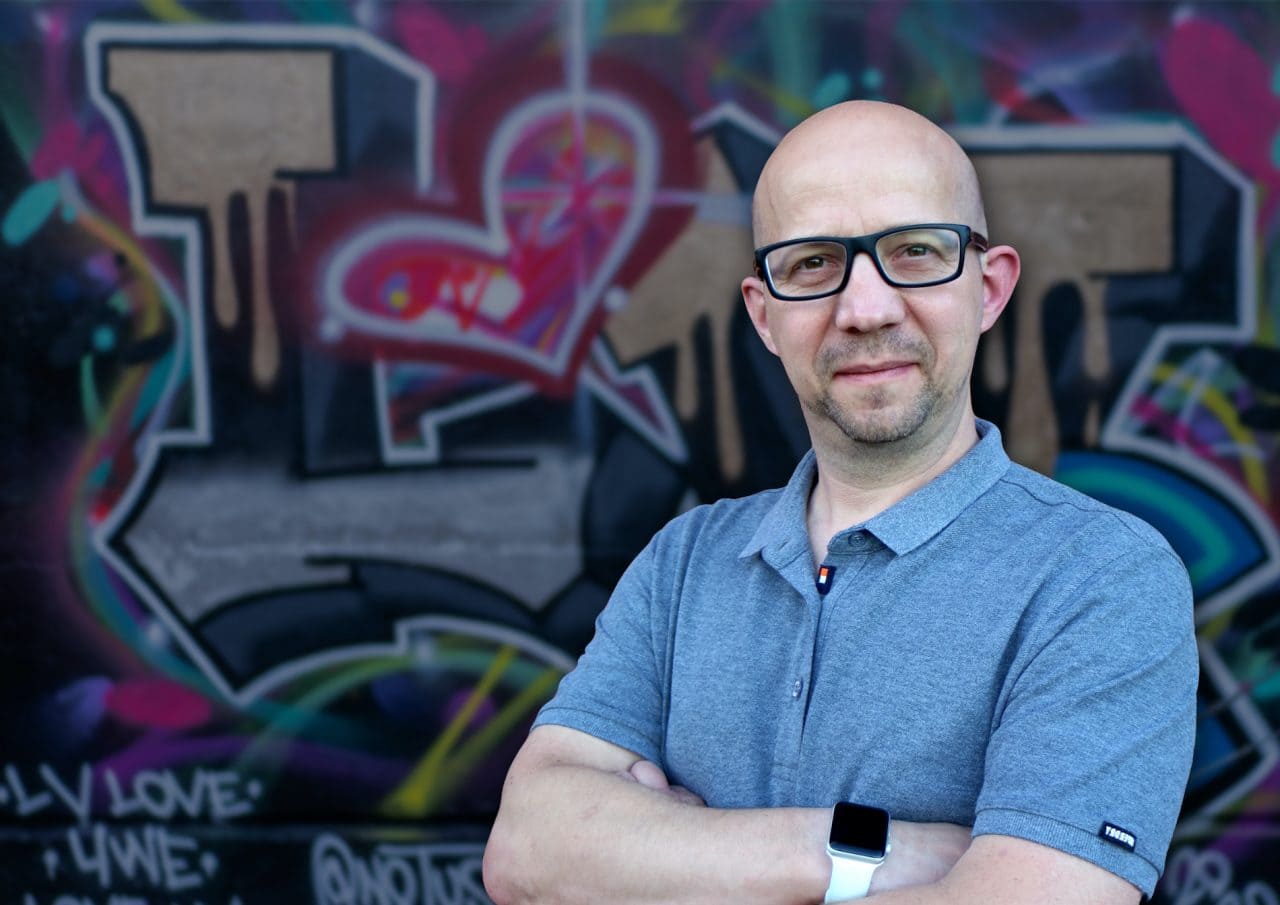
Jules Margo (she/her), co-owner and Chief Operating Officer of Hot Octopuss, told SEXTECHGUIDE that many of the company’s customers identify as queer and trans. She believes “it’s important to show our customers that we see them, and that we care about their user experience.”
Transphobia in Tech
When we look at the current state of mainstream technology, you don’t have to look too hard for the negative impact a lack of diversity can have on queer and marginalized individuals.
Solace’s Anthony says flat-out, that transphobia in tech “is mainstream”, as she, herself, has experienced it first-hand.
“I don’t get taken seriously, I’m getting shut out from fundraising in the for-profit capacity, and generally people assume I have no idea what I’m doing strictly based on my appearance.”
Unfortunately, despite the recent drive to support queer entrepreneurs, she says most organizations only focus on lesbian, gay and bisexual folk, and exclude the needs of trans entrepreneurs “who need the most support because they’re facing the highest amount of discrimination.”
Minns explains that in the online dating world, the majority of transgender dating sites and apps are focused on fetishizing transgender people – a phenomenon that pervades trans porn, too.
He told SEXTECHGUIDE that “if you search for ‘Transgender Dating’ in Google the results are terrible. At the time of writing in the UK the first 4 results are adverts, all of which are branded with terms like, ‘Shemales’ and ‘trans hotties’. The organic results that follow are similar.”
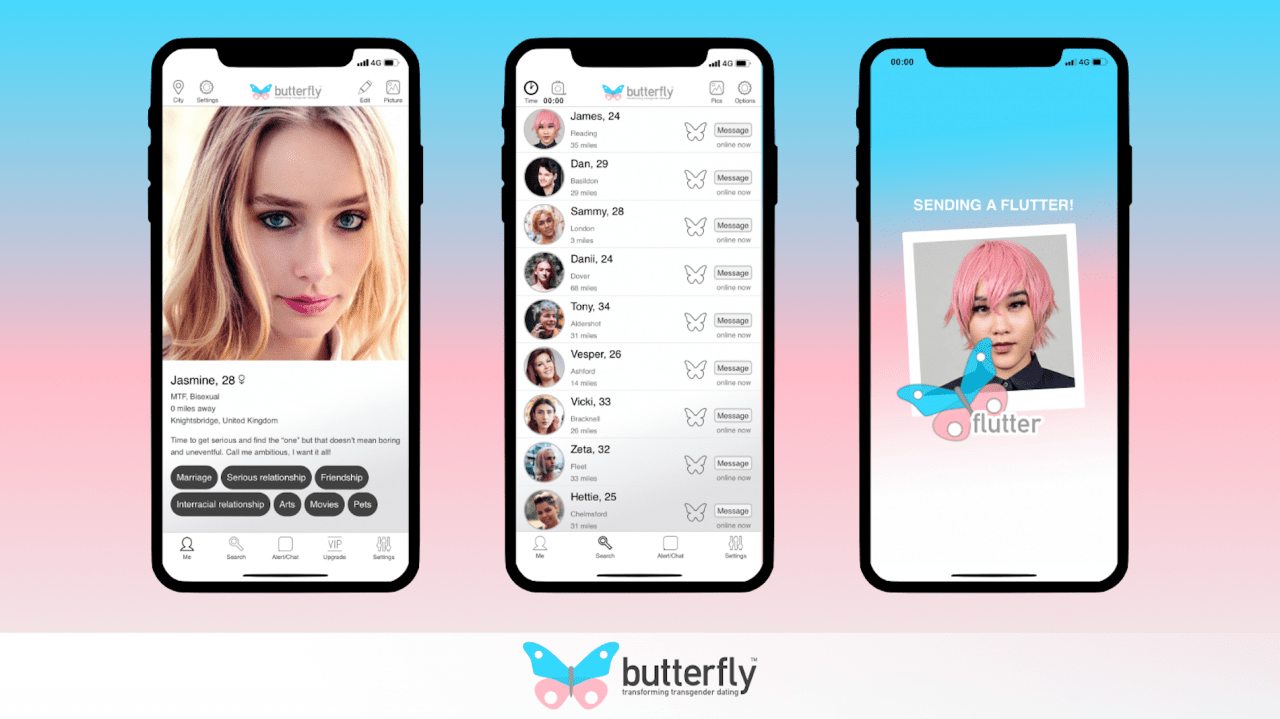
When looking at dating app stores, Minns says that several of the top results for iOS are ‘Shemale’ focused sites and the Google Play Store’s search algorithms seem to match the term ‘Transgender’ to ‘Shemale’. Minns took this issue of dehumanizing and triggering terms into his own hands by writing an open letter to Apple and Google.
What Minns tries to do through his own app is tackle fetishization of trans people by educating the people using it; any transphobic language is censored and autocorrected to non-offensive terms using artificial intelligence.
Queer Censorship
Unfortunately, while censorship can have its benefits, many mainstream media technologies use censorship to oppress the LGBTQ+ community through silencing them, with the effect of making them invisible.
Step, from Cute Little Fuckers, explains that “queerness and trans-ness at its core revolves around sex, genitals, the human body: all topics considered taboo to a conservative mainstream. By censoring out these topics, you are censoring out queer people. There’s no wondering why Tumblr, once the home of the internet’s queer community, became a gay ghost town after banning sexual content on their site.”
Hatmaker agrees that tech oppresses LGBTQ+ people, but also other traditionally marginalized people.
“Tech even more so oppresses people and communities who represent intersections of identities. On the whole, tech wants to see and support LGBTQ+ people and communities of People of Color, and they have hiring initiatives and talk a lot about support. I think that wave of thinking is still so new that when we start talking about QPOC or QTPOC, most tech companies – and the industries that support tech – don’t have the tools, education and often willingness to really understand, support or see those folks.”
Founder of Skiimoo Tech, Glenise Kinard-Moore, explains that while she has personally had far fewer explicit experiences of homophobia as a lesbian, she could offer plenty of examples of overt racial and gender discrimination as a Black woman within tech.
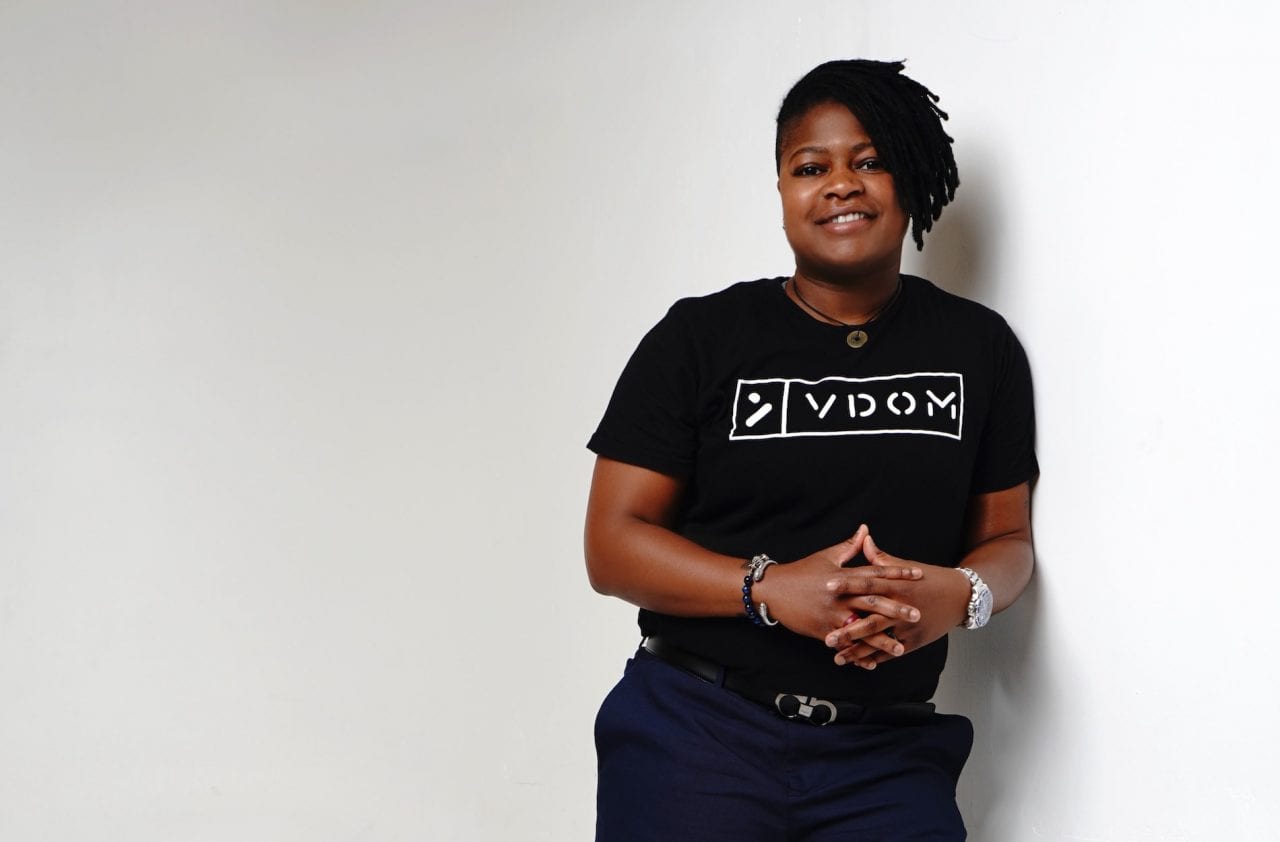
Nevertheless, she also agrees that queer individuals are more often than not an afterthought within the world of technology.
“As a lesbian, I recall seeing many technologically advanced solutions designed and advertised (explicitly or through media) for heterosexual women.”
Sadly, this oversight can have a detrimental impact on people’s wellbeing. Step says they personally experience invisibility through censorship in tech every day – particularly with voice to text software for people with disabilities.
“I have hand disabilities so I have to use voice to text to type. Most voices to text software default to filtering out words they find obscene, words that are critical to the queer and trans experience. It feels awful to have your identity censored directly out of the words from your own mouth.”
They go on to explain that queer tech workers are often kept behind the scenes as programmers or other non-visible roles. Thus, you will rarely see openly queer women, transgender, or non-binary people in sales, business development, or in C-Suite positions.
“The message this gives us is that it is OK to be queer, as long as you are invisible,” step told us.
Unfortunately, ‘pinkwashing‘ can often occur in tech; the outward promotion of gay-friendliness in an attempt to downplay negative internal aspects. For example, gay men are often exempt from a lot of the challenges that their queer female, transgender, and non-binary coworkers face.
“Just because you have gay men thriving in your office does not mean your company is LGBTQ+ friendly,” says Step.
How Queerness Can Disrupt Tech
Kinard-Moore believes that the industry needs to grow past taboos and stereotypes associated with the queer community and embrace the market for what it is. Investing in start-ups that put the LGBTQ+ community at the forefront should become a priority for the tech industry. Presenting solutions to the everyday challenges of the LGBTQ+ community should be a priority for tech companies. She explains this is exactly why she decided to create the VDom, a smart strapless strapon.
“I believe sexual wellness should not be hindered by the inconveniences faced by persons in the LGBTQ+ community when using existing prosthetics. Heterosexual individuals are not the only people who are allowed to enjoy and embrace sex however you seem fit. Now, we’ve gone past the time for the LGBTQ+ community to be included in creative conversations and at the forefront of innovation.”
The beautiful thing about tech is that so much of the tech sector is about ‘disrupting this’ and ‘revolutionizing that’, says Step, and the fact that “queer people literally disrupt and revolutionize our world every day simply through existing with our gender, sexuality, relationships [means they are] used to looking at all of the systems around us with a transformative eye.”
Step argues that this “unique edge of creativity is prime for any industry trying to look outside the box, especially the tech sector.”
Anthony agrees that Big Tech needs to get on board with the fact that “transgender people are really good in this field.”
“Trans people have to see a vision of [themselves] that at first no one else can see, and often against all odds will themselves into existence. That is the exact kind of mentality you want to build new products. Trans people innovate on themselves everyday and that prowess can work for building great tech too,” Anthony says. “A diversity in viewpoints and experiences create more interesting and fundamentally better products.”
As an example, as Butterfly was created as a transgender-first dating app, Minns says that the product direction has been determined by users via feedback – every user is asked for initial feedback, and then a second round after a few months of use. For any company working in this area, it’s a balance of user’s needs, technical development and usability.
While Exton exclaimed it took Tinder years to add sexuality as an option, and to have any gender identities beyond male and female, Butterfly allows a trans user to define their gender as male to female (MTF) – and then override the displayed gender to female, combined with a Venus symbol. The app knows the user has selected male to female (FTM) for search purposes, but female for personal display when dating.
Helen Virt (she/her), Head of Business Development at Taimi an LGBTQ+ dating and social platform, thinks “in the last decade the tech industry especially has benefited tremendously from the sheer amount of great innovators that are openly LGBTQ+.”

Exton agrees that it’s pretty phenomenal to reflect upon a pre-Grindr world, and how different the tech landscape looked then.
“It absolutely exploded, but aside from the online dating industry, which has probably seen the greatest success, there is so much potential in services industries,” Exton argues.
She goes on to praise the “really exciting” growth in telemedicine platforms, to source therapy and hormones, for LGBTQ+ folks
“The more success we see in LGBTQ+ businesses, the more dollars get funnelled into growing more platforms which only supports our community better.”
This is evident in some other examples of tech ventures that are queering the industry:
- Yess, an LGBTQ+-friendly business directory
- Bliss, a dedicated transition savings app (owned by Solace)
- Eforia (afk Do You), a non-binary inclusive erotic storytelling app
- TransTech Social Enterprises, an incubator for LGBTQ Talent with a focus on economically empowering transgender people
- Transcapsule, an app that uses photos and video to create your transition tracking story
- Lesbians Who Tech & Allies, a community of LGBTQ women, non-binary and trans individuals in and around tech (and the people who support them).
- Queer Tech, helping tech companies with diversity inclusion
- Lex, a ‘personal ad’ inspired dating app for lesbian, bisexual, asexual, and queer people
- BiCupid, a dating site designed for bisexual, bi-curious individuals and bi couples
- Nuit, an astrology dating app that can filter out straight people
- Gender Construction Kit, open source guide to changing things that are linked to gender
Kelvin Sparks (he/him) sex toy reviewer, trans sex educator and data scientist, thinks that open source projects are especially important, and where we should be looking to realize the possibility of trans and queer-centred technology initiatives.
The Future of Queer Tech
When a diversity of perspectives are heard, taken into consideration, and part of the development, Hatmaker asks us to imagine what we could accomplish with technology. Indeed, by looking at the current state of mainstream tech, and the potential for queer disruption, what would a queerer-focused tech industry look like?
Virt says she’d love to see a future where the tech industry had such a major positive impact on the world, that homophobia, biphobia, transphobia ceased to exist.
Fortunately, according to a recent study by the J Walter Thompson innovation group, only 48 percent of Gen Zs identify as purely heterosexual. Bisexuality, queerness, trans, and gender-nonconforming identities are becoming the new normal – possibly due to Web technologies and social media providing platforms for community building and democratizing education.
While the demand for queer and trans positive tech is there and growing, Step shares that the reality is “these markets will never be served in an authentic way if it’s still cis male-founded companies backed by cis male venture capitalists trying to guess what our intersectional queer communities need.”
Until they put queer and gender-nonconforming people in positions of power, and until venture capitalists actually start funding minority-led ventures, Step worries they will continue to get it wrong.
For a queerer future in tech, Margo agrees that we really need to center queer and trans folks -particularly those who are POC – in leadership positions. That means some people need to become comfortable with getting “less airtime than they’re used to,” and potentially “go through uncomfortable accountability processes.”
She suggests tech companies shouldn’t just go through diversity training or rewrite the company handbook, but instead “do the training, restructure your management, and find more ways to be supportive because you care about being the best human you can. Do it because you care about the people around you.”
There are clearly addressable problems and markets within this community. While Anthony expresses that she wouldn’t dare to say that Solace kicked off the idea of trans-positive tech, but is proud of the role it has played thus far.
“The industry is here and it’s got staying power.”
Read Next: VR porn for women always had potential, so what’s holding it back?



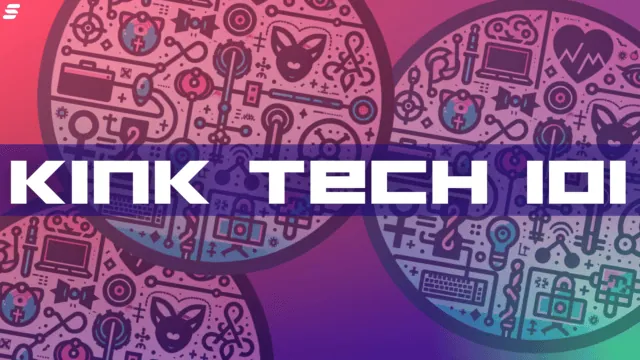
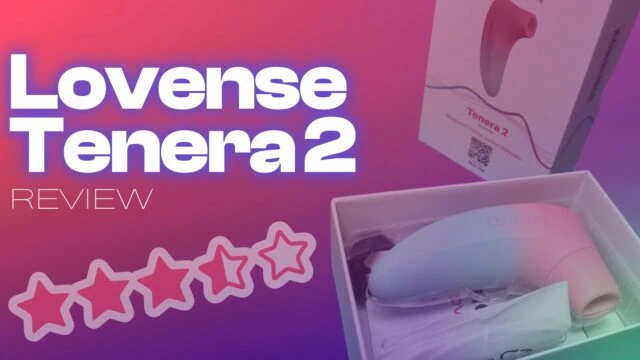
Leave a Reply